Vape has been plagued by issues around environmental protection and attracting teenagers around the world, but because it provides convenience, portability, and satisfying taste, as well as constant iterative updates in function and appearance, it has become a mainstream vape product.
As consumer market demands continue to evolve, users are beginning to pursue more possibilities: What if you want to know how much battery and e-liquid is left in your device? What should you do if you want to avoid the dry inhalation taste and low battery accidents? What should you do if you want your vape to look more high-end? These needs have contributed to the rise of vapes with displays.
What are the benefits of a display on a vape:
First, it allows users to see the device’s accurate e-liquid and power levels, so users can plan ahead to avoid accidentally running out of e-liquid or power, which also prevents the core from dry-burning.
Secondly, the display adds a sense of sophistication to the device, making it look more like a premium product rather than a disposable one.
Third, the display can also show other information such as several inhalations, voltage, resistance, time, date, etc., depending on the device model. This can help users more easily monitor vape habits and preferences.
Types of disposable vape petrol-electric displays
ifferent types of displays can be used on disposable vape and pod systems, the most common ones are LED screens, LCD screens, and OLED screens. There are some differences between them:
LCD screen and characteristics
The full name of LCD is Liquid Crystal Display. It consists of a certain number of color or black and white pixels, which are placed in front of a light source or reflective surface. The main principle is to use current to stimulate liquid crystal molecules to produce points, lines, and surfaces that cooperate with the back lamp to form a picture. It is characterized by their thin, light, high resolution and contrast, low power consumption, and cheap, so they are widely used.
In terms of classification, LCD is mainly divided into two types: black and white and color screen (TFT).
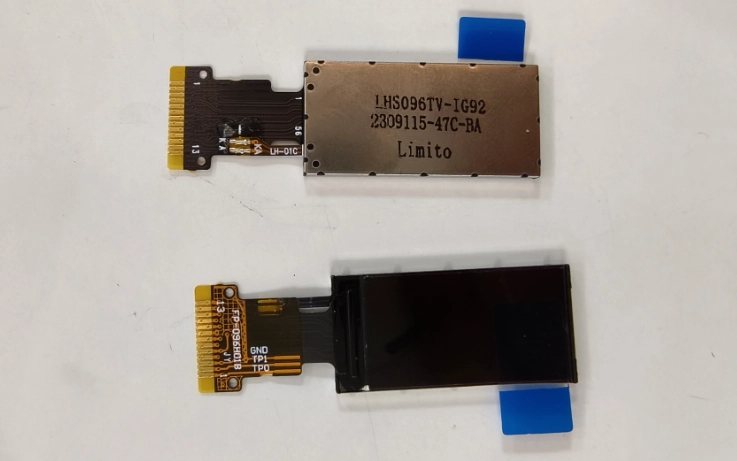
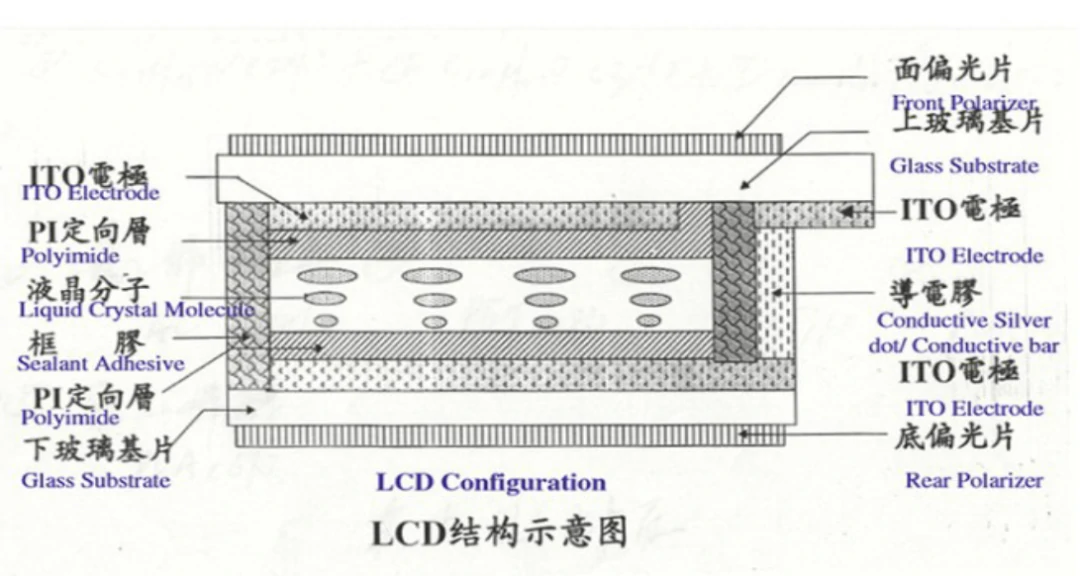
advantage:
- LCD has obvious advantages in energy saving.
- Its radiation index is generally lower than that of CRT.
- Due to its principle problem, there will be no geometric distortion or linear distortion.
- The LCD has a large viewing area.
- High-definition picture quality (except for some low-priced shrink monitors).
- The monitor is several times lighter and several times thinner than a CRT, making it easy to move.
- There will be no picture color distortion caused by insufficient power supply.
shortcoming:
- The visible deflection angle is small.
- It is easy to produce image tailing (such as the mouse pointer shaking rapidly). This is because most ordinary LCD screens are 60Hz (displaying 60 frames per second), while CRTs are mostly 85Hz (85 frames per second). However, this problem mainly appeared in games when LCD monitors first became popular (i.e., “screen tearing”). It has been solved since then. If it still occurs, it can be solved by using “vertical synchronization”.
- The brightness and contrast of the LCD are not very good.
- LCD “dead pixel” problem.
- Lifespan is limited.
- When the resolution is lower than the default resolution of the monitor, the blurring of the picture will be very obvious, while on CRT it will not be very obvious even if the current resolution is lower than the default 1x.
- When the resolution is greater than the default resolution of the monitor (which requires software to be forced to set), the colors in the details will be lost, and the CRT screen will flicker severely and the picture will be obviously blurry.
LED Segment Display and Characteristics
LED Segment Displays are an “8”-shaped device that is packaged together with multiple light-emitting diodes. The light-emitting diodes are used as light-emitting units. The colors include single red, yellow, blue, green, white, yellow-green and other effects. , characterized by high brightness, energy saving and durability, however, their resolution and contrast are lower than LCD or OLED screens.
advantage:
- It is an active emission type, so it has high brightness, and wide viewing angle, and can be clearly seen in outdoor applications.
- Luminous response time is fast!
- It can drive light under low voltage and small current conditions and is compatible with CMOS and ITL circuits.
- Small size, lightweight, and good impact resistance.
- Long life, service life is more than 50,000 hours, low cost.
shortcoming:
- High thickness, larger size and weight.
- There is little content to display information.
-
OLED screen
OLED is the abbreviation of organic light-emitting diode. OLED screens use organic materials to create images on the screen, which are characterized by flexibility, vividness, and excellent viewing angles. However, they are more expensive than LED or LCD screens and have a shorter lifespan due to the degradation of organic materials.
advantage:
- Low power consumption. OLED does not require a backlight, so it is more energy efficient.
- The finished product is lightweight. OLED has a relatively small mass and a high earthquake resistance coefficient.
- The screen has a wide viewing angle. OLED has a wide field of view, up to about 170 degrees.
- quick response. OLED responds very quickly, with a response time of only microseconds.
- Thin and light. OLED’s organic plastic layer is thinner, lighter and more flexible.
shortcoming:
- Short service life. OLED organic materials have a limited lifespan, typically only 5,000 hours.
- The production cost is high. OLED panels are difficult to produce, so they are relatively expensive.
- The color purity is not enough. OLED is not easy to display bright and rich colors.
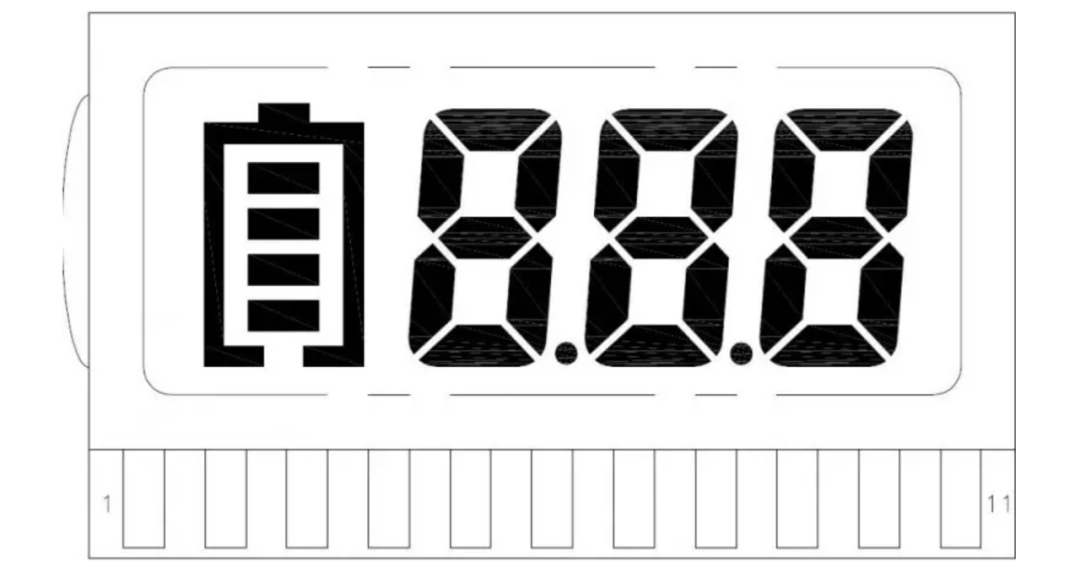
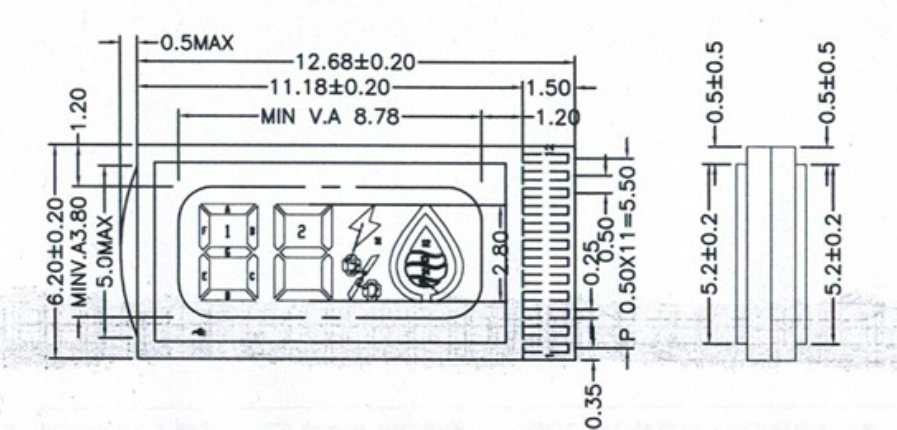
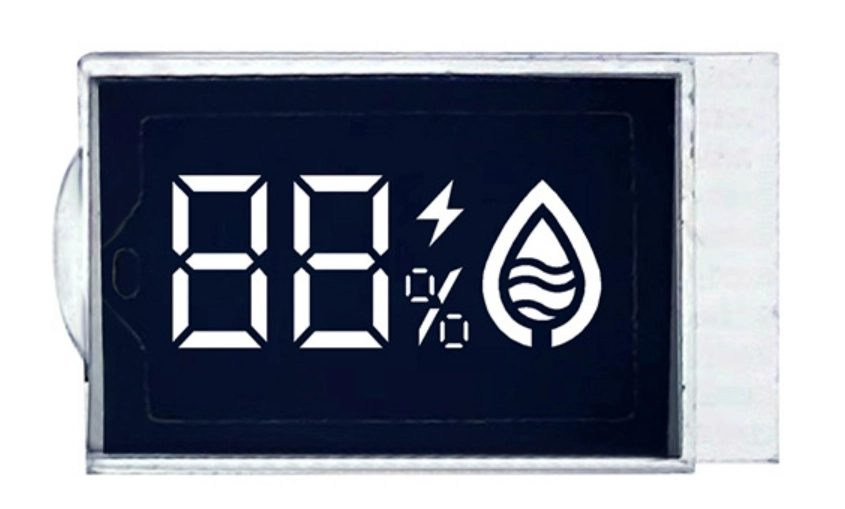
Vape with a screen may continue to become a hot topic in 2024. Just as dual-core vape brings a better taste to users, disposable vape with a display also brings users an experience that meets different needs. As technology advances, we can expect more functions and features to be applied to vape, such as touch control, voice control, Bluetooth connectivity, etc.
VC30 PRO OLED display Open Pod System
VC30 PRO is a new Open Pod System launched by VECEE. The material is PCTG and zinc alloy. There are six colors to choose from. The cartridges are the same as VECEE’s popular product MAZE.
The VC30 PRO precisely controls airflow to create thin or thick clouds and precisely controls output to achieve a full-bodied flavor or a powerful throat hit.
If you want simplicity and ease of use, let the smart mode (automatic resistance detection) do the job, allowing you to enjoy MTL and RDL as you like, giving you an extraordinary vaping experience.
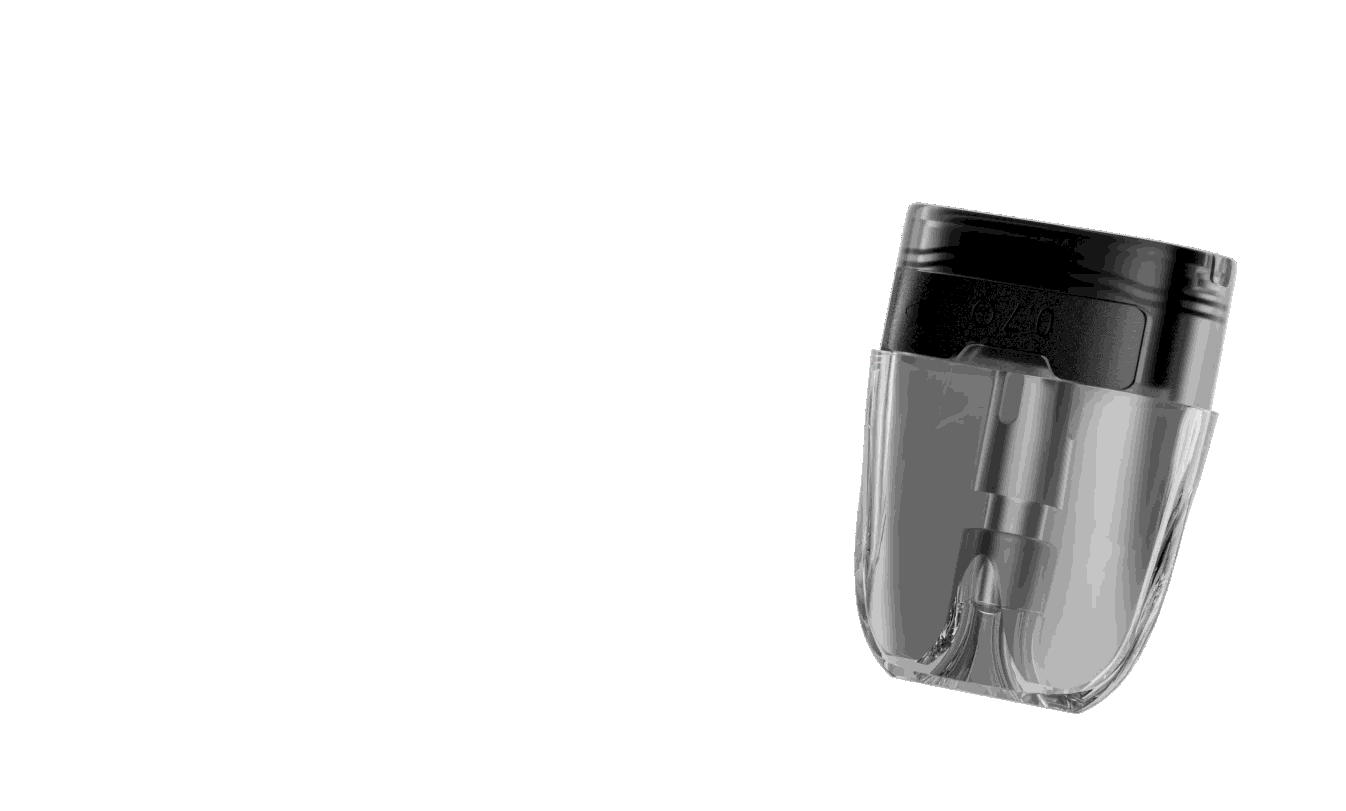
The VC30 PRO 900mAh battery provides amazing durability for all-day use and delivers consistent flavor. 5V/1.5A fast charging reduces charging waiting time and greatly improves user experience. By adding a high-definition OLED display, Wenax Q creates an unparalleled and more intuitive way to let your own devices display themselves.
The magnetic connection between the VC30 PRO pod and the device is firm, so there is no need to worry about falling off. Press the button 5 times to turn on the child lock to prevent children from accidentally touching it. Front filling is easy and convenient. Simply uncover the filler plug, add oil from the filler port, and replace the filler plug.
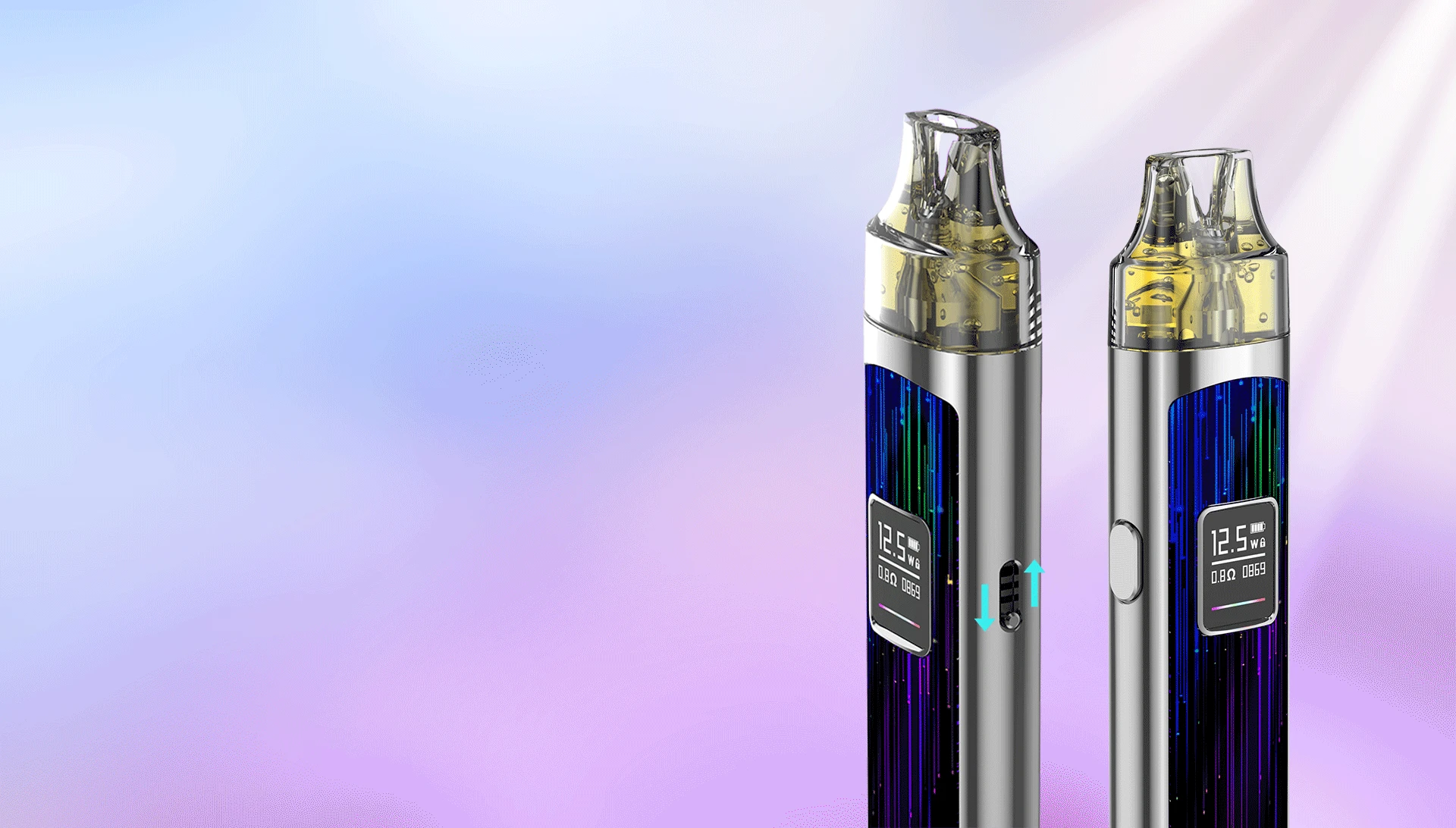
Battery Capacity | Puff Count
Output Power | Resistance
If you are interested in VECEE‘s products, please leave a message below the article, or contact info.vecee.com for more information about VECEE.

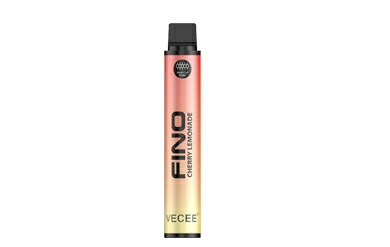

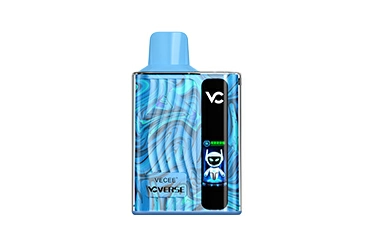
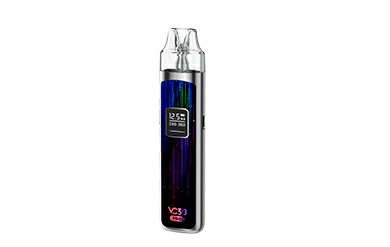
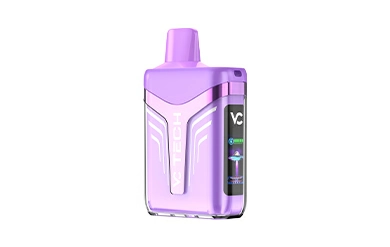
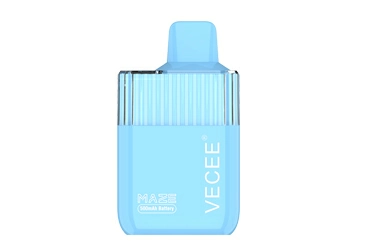
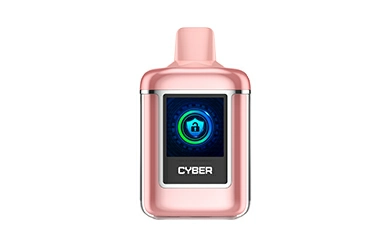
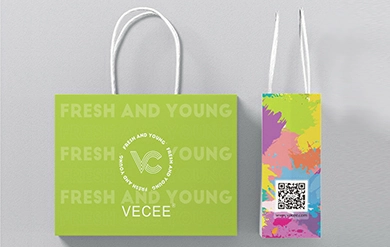

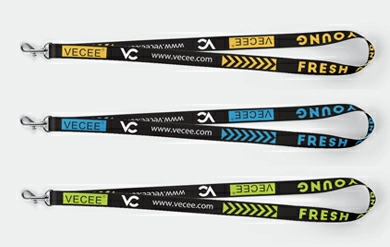
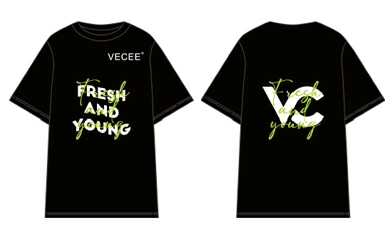

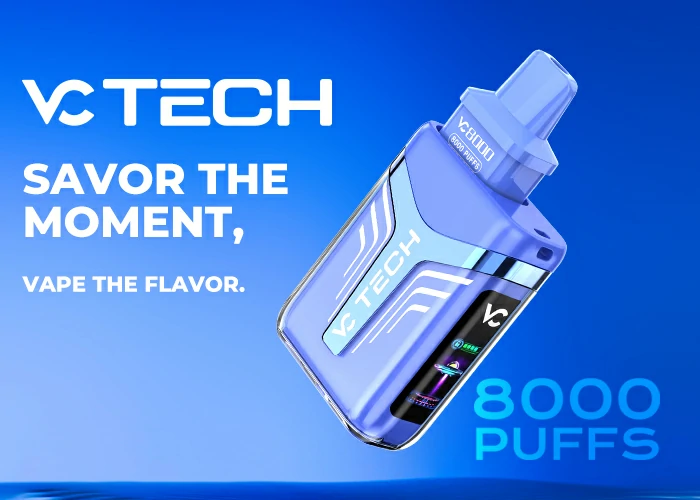
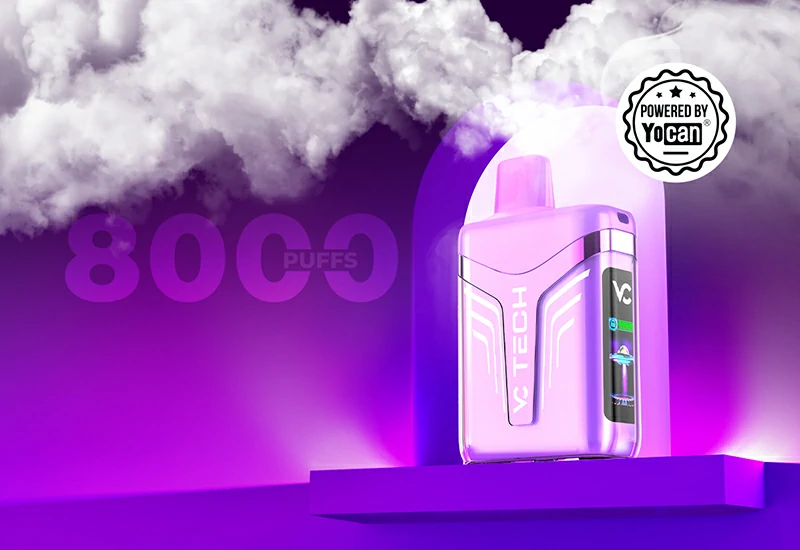



0 Komen